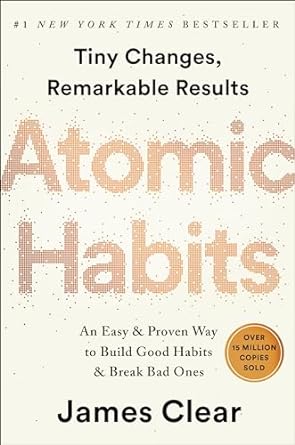Diderot Effect
The tendency of one purchase to lead to another.
Examples:- Buying new furniture leads to buying other furniture to match.
- Buying new clothes leads to buying accessories to match.
- Buying new technology leads to other technology upgrades.
Key Insights & Principles
Personal Finance & Habits
Insights:- Obtaining new possessions often leads to other purchases and cycles of consumption and spending.
- Actions cue other behaviours.
- We can build positive habits by linking new habits to existing ones.
- Actively work to create an anti-Diderot Effect by regularly minimising material items.
- Use actions to cue positive behaviour by habit stacking.


